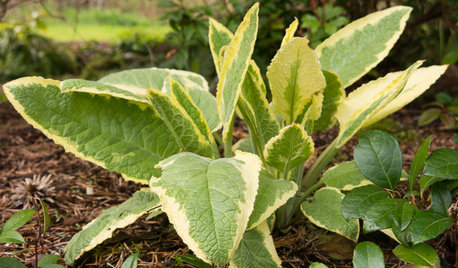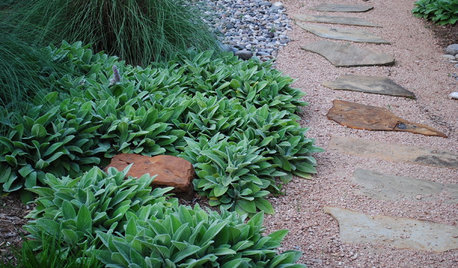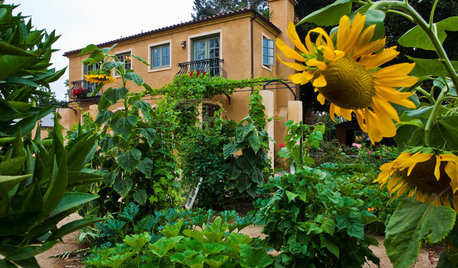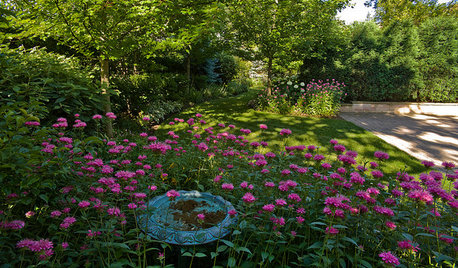comfrey root
jaynine
15 years ago
Related Stories

GARDENING GUIDESGreat Design Plant: Axminster Gold Comfrey for Sun or Shade
Plant this perennial for bold color that will light up shady spots, sparkle in the sun and add interest from spring until fall
Full Story
EDIBLE GARDENSNatural Ways to Get Rid of Weeds in Your Garden
Use these techniques to help prevent the spread of weeds and to learn about your soil
Full Story
SAVING WATERLush Gardens With Low Water Needs
Drought tolerant doesn’t have mean spindly, brown and thorny
Full Story
EDIBLE GARDENSGarden BFFs? Why Your Vegetables Are Begging for Companion Plants
Foster friendships among plants for protection from pests, pollination support and color camaraderie
Full Story
GARDENING GUIDESTexas Gardener's May Checklist
Be especially water wise this month as you sow seeds, tend to your lawn and plant edibles, grasses and flowers
Full Story
REGIONAL GARDEN GUIDESTexas Gardener's April Checklist
Get your sowing and planting on — spring brings a tantalizing array of possibilities in the garden
Full Story
LANDSCAPE DESIGNExuberant Self-Seeders for Gorgeous, Easy-Care Gardens
Keep weeds down, color high and maintenance low with beautful plants that sow themselves
Full StoryMore Discussions










Daisyduckworth
jaynineOriginal Author
Related Professionals
Billerica Landscape Contractors · El Mirage Landscape Contractors · Gaithersburg Landscape Contractors · New Braunfels Landscape Contractors · Pleasant Prairie Landscape Contractors · Shoreview Landscape Contractors · Whitehall Landscape Contractors · Northlake Landscape Contractors · East Norriton Landscape Contractors · Georgetown Roofing & Gutters · Hudson Roofing & Gutters · Oklahoma City Roofing & Gutters · Wichita Roofing & Gutters · Port Neches Roofing & Gutters · Wayne Roofing & Guttersaysegulonat_yahoo_co_uk
Daisyduckworth
rusty_blackhaw
OldWiseHerbUser